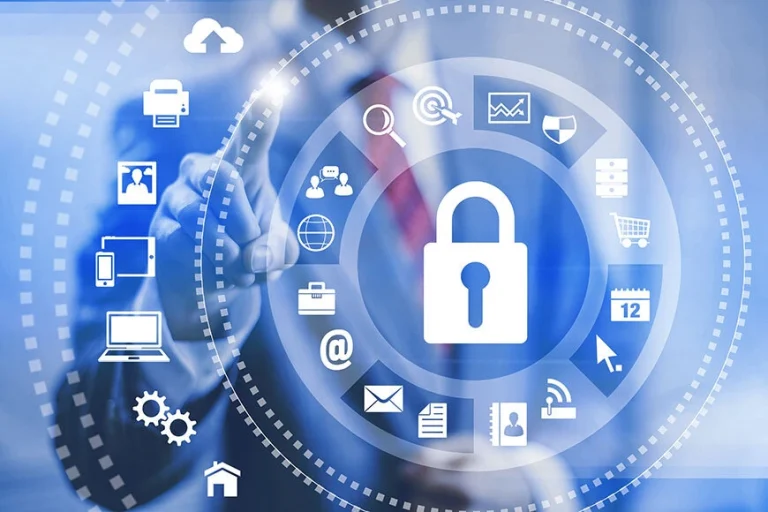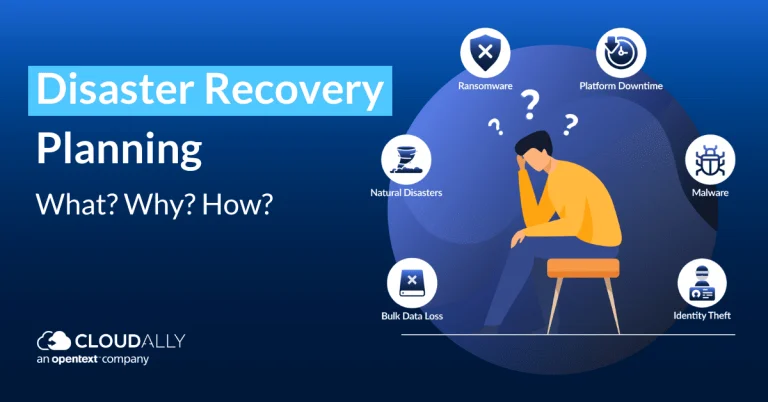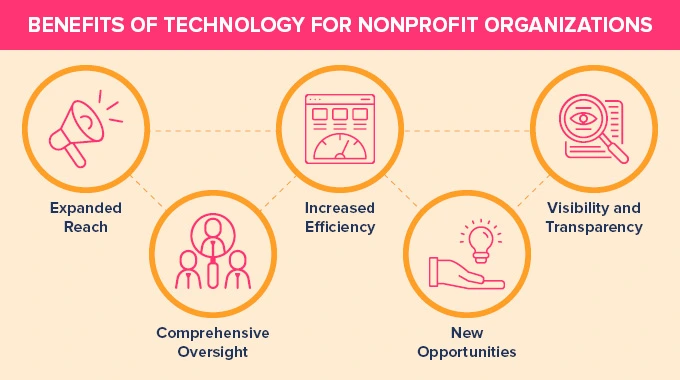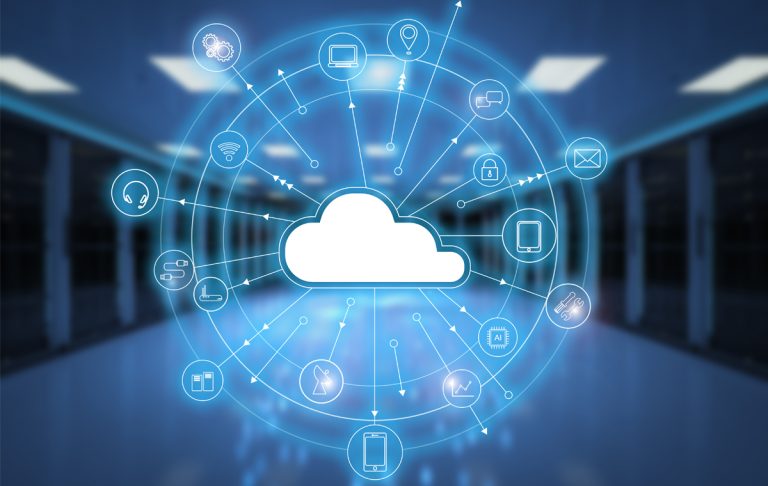Benefits of Hiring Virtual CIO Services
As technology advances, the duties and obligations of IT professionals are constantly changing. The latest trend in the IT industry is the rise of virtual CIO services. With the digital world evolving rapidly, businesses are turning to virtual CIOs to help them tackle complex technological challenges and stay competitive in an ever-changing landscape. A Virtual…










